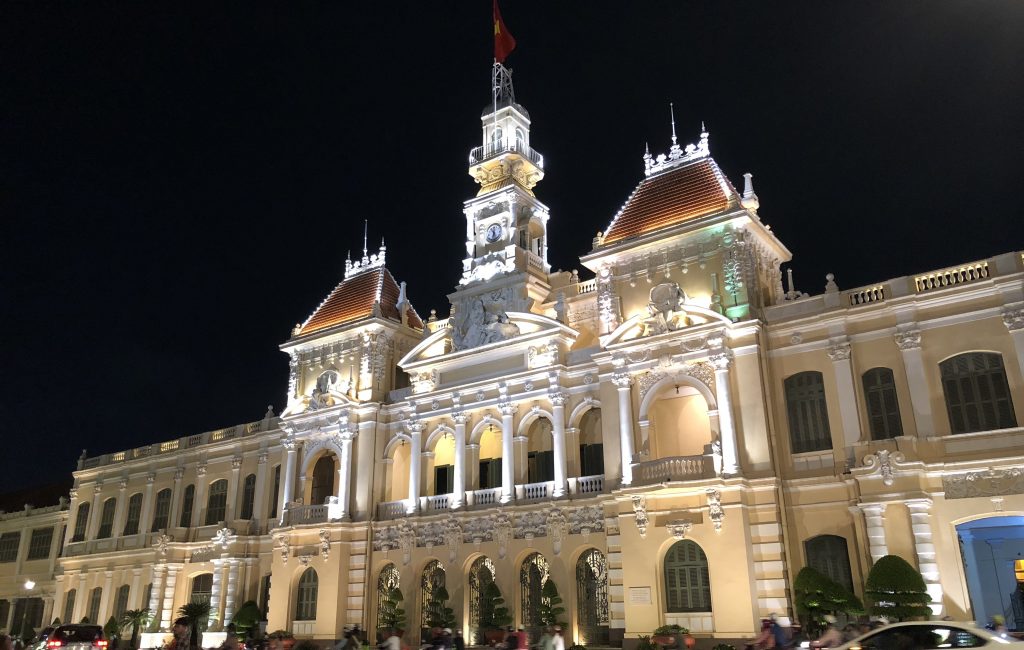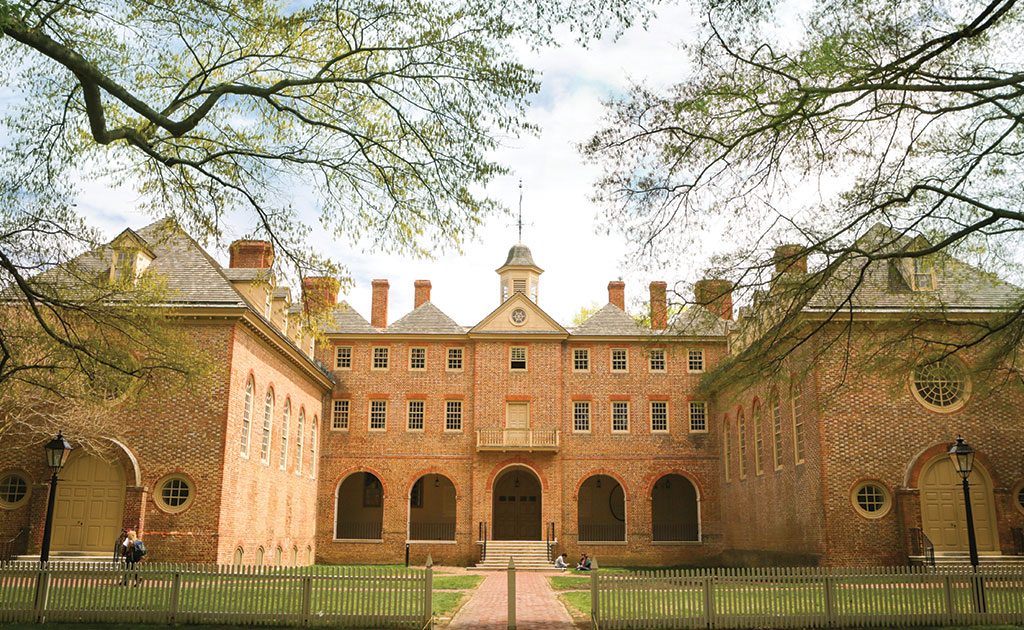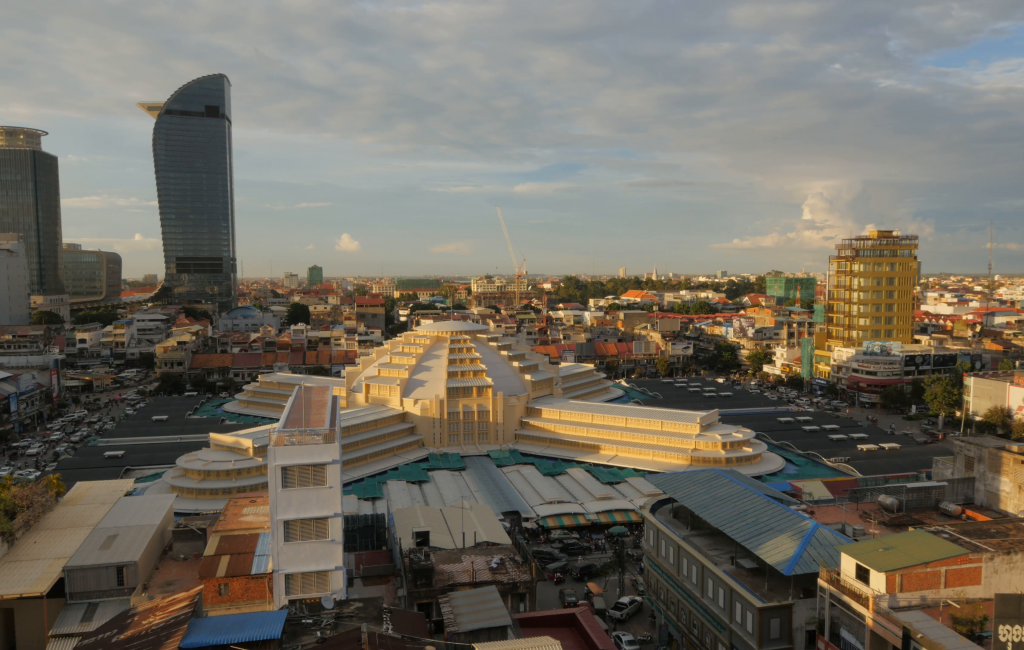
The FIFA World Cup brings together nations and people unlike any other event around the globe. During the month of June and July every four years, you might see an Australian and Peruvian or a Dane and a Brazilian enjoying their time together before or after a match. The tournament transcends race and culture, and people are united in celebrating the beautiful game.
Finally, the 2018 World Cup is upon us, taking place in Russia. Every country participating holds something special and unique to their culture, including architecture. I’ll be highlighting the best colonial structure from each of the 32 nations represented, and if the country does not have any, I’ll showcase the best historical and/or classical building.
Group B is the second in an eight part series (Group A), with an intriguing mix of countries whose architecture have been influenced by Catholicism (Portugal and Spain) and Islam (Morocco and Iran).
Portugal – Mafra Palace, Mafra
One of the most beautiful Baroque/Neoclassical structures in Portugal, the massive Mafra Palace is also a basilica, monastery, and library. Construction on the palace began after King John V made good on a promise to his wife that if she bore him offspring, he would build a palace dedicated to her. I have never been to Portugal, but I have been to Macau, and this building definitely produces some deja vu having found many of the same Neoclassical and Baroque blends in the East Asia city state.
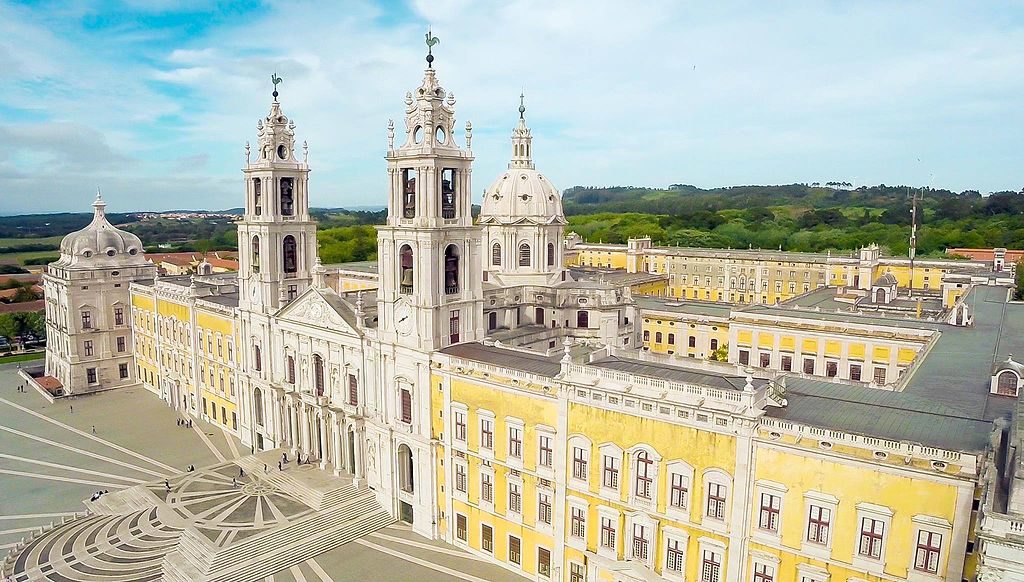
Spain – Seville Cathedral, Seville
Seville Cathedra, Catedral de Santa María de la Sede in Spanish, was built in Gothic style over a period of 127 years. It’s is the third largest church in the world behind St. Paul’s in London and St. Peter’s in the Vatican – number one in terms of total volume – and has the largest nave of any cathedral in Spain, rising 42 meters high. The cathedral was built on a site that was formerly a grand mosque from the 700 year Moorish control of Spain, and is the resting place of Christopher Columbus.
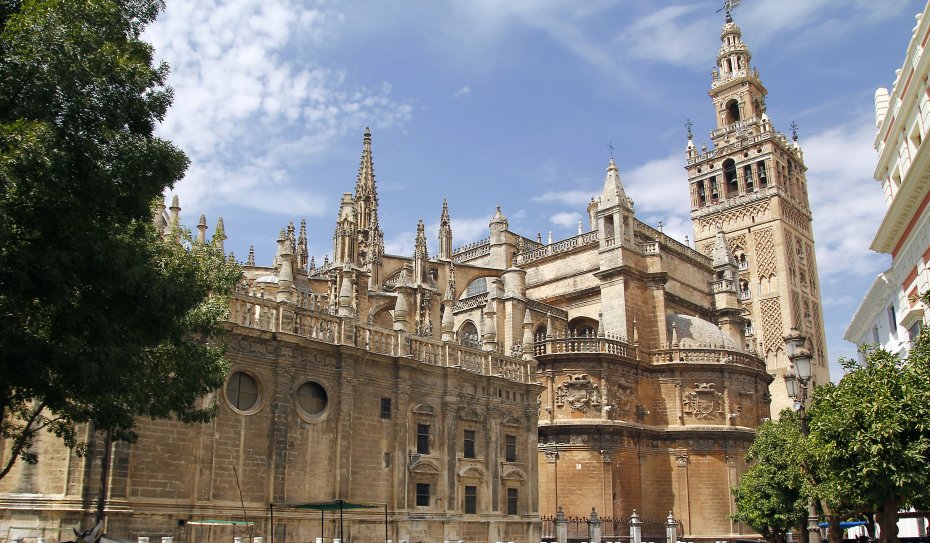
Morocco – Koutoubia Mosque, Marrakech
The largest mosque in Marrakech, Koutoubia, is a symbol of pride for the Moroccan people with quintessential Moroccan architecture that has inspired architects, citizens, and visitors for generations. Its Moorish, sandstone tower is 77 meters tall, actually making it the tallest structure in the city.
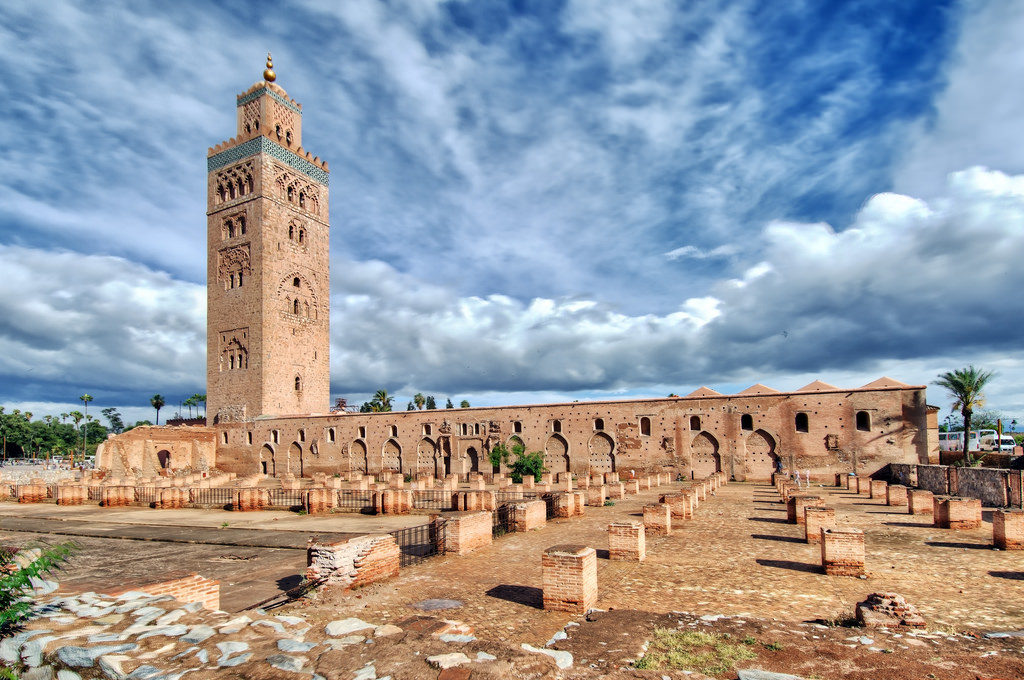
Iran – Golestan Palace, Tehran
Golestan Palace is a collection of 17 buildings constructed over a 200 year period when the Qjar Dynasty ruled Iran, placing its capital in Tehran. The Ottoman sultan sent a massive amount of Eurasian gifts to the new ruler of Iran, and thus he decided he needed to construct a palace worthy of such presents. Designated UNESCO Heritage Site since 2002, Golestan is one of the oldest historic sites in Tehran still in use today.

Note: Buildings are judged on 1. Historical significance, 2. Architectural design, 3. Importance to community, and 4. Impression and aura. Let me know in the comments if you think I made a mistake or who you’re rooting for in the World Cup!
Latest posts by Doug Chesney (see all)
- 48 Hours in Ho Chi Minh City, Vietnam - November 9, 2018
- The Nine Colonial Colleges - October 3, 2018
- Top 10 Colonial Buildings in Phnom Penh - September 12, 2018

